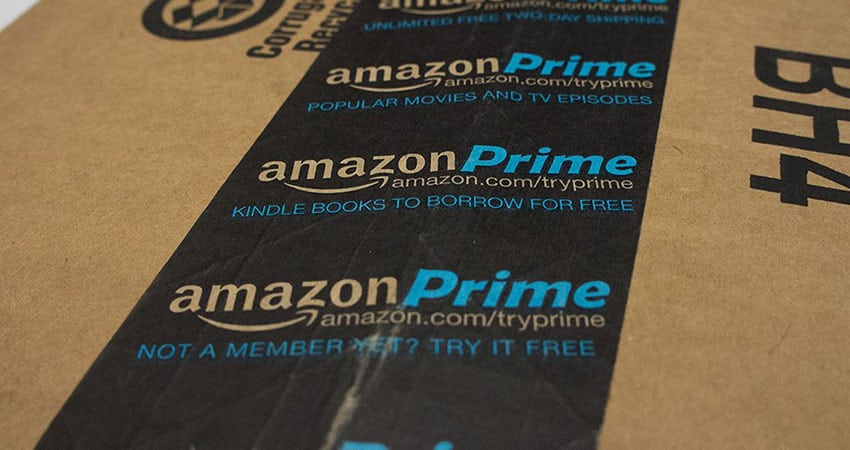In the midst of reporting a blowout first quarter, Amazon announced the first price hike for Prime’s annual membership since 2014, citing rising fulfillment costs as well as the value of the service that now reaches 100 million members worldwide.
As of May 11, new Prime members will be charged $119 per year, up from $99, while existing members will have until June 16 to renew at the current level. This change was signaled back in January, when Amazon raised the monthly rate for Prime from $10.99 to $12.99.
Analysts and observers said the move won’t materially affect Prime’s membership based on the program’s stickiness and deep infiltration into the fabric of consumers’ lives. Doing quick math, assuming a 90% renewal rate for Prime members, a $20 increase equals $1.8 billion in incremental revenue on Prime subscriptions alone.
“The value of Prime to customers has never been greater,” said Amazon CFO Brian Olsavsky on the company’s earnings call. “And the cost is also high. As we pointed out especially with shipping options and digital benefits, we continue to see rises in costs. … Prime provides a unique combination of benefits, and we continue to invest in making [it] even more valuable for our members.”
Mike Levin, partner and co-founder of Consumer Intelligence Research Partners (CIRP), said that since the last increase in Prime’s subscription rate in 2014 from $79 to $99 per year, Prime members have been shopping on Amazon more frequently. As of March 31, they shopped on Amazon an average of 24 times per year, up from 22.75 as of March 2015, the first full year after the last increase.
Levin posited that the price increase correlates with increased average annual transaction counts and will cover the related rising cost of Prime deliveries. Overall Amazon spent $21.7 billion on shipping in 2017, nearly double that of 2015.
“It makes sense that Amazon would increase the price of Prime now,” said Levin. “They bear the shipping costs for these members, and costs increased as members shopped more frequently in the past two years. With renewal rates at all-time highs, above 90% for members renewing after the first year, Amazon likely thinks most of them will accept the price increase and perhaps shop at Amazon even more to justify the investment in free shipping.”
CIRP also estimates Prime members spend an average of $1,300 per year on Amazon, nearly double that of non-members.
Colin Sebastian, an analyst with Baird, said Prime membership should not take a significant hit based on the price increase.
“I think they have some pricing power,” Sebastian said. “Amazon is a habit for Prime members. Fast delivery, same-day delivery, vast selection, great customer service and Prime instant video all serve to hook in consumers to the platform, so we don’t expect much churn.” He added Prime usage and membership should continue to expand along with increased benefits.
James Thomson, a partner in Buy Box Experts, which helps merchants sell more on Amazon, said now is the perfect time to introduce a price increase for Prime, given the value delivered and overall company strength.
“No one likes price increases but the ever-increasing cost of shipping has to be inevitably passed along sometime, preferably not near Q4,” Thomson said.
For the quarter, Amazon’s revenue – now of course including Whole Foods – increased 43% to $51.04 billion, compared to the Thomson Reuters consensus figure of $49.78 billion. Earnings per share were $3.27, more than double the Reuters estimate of $1.26 per share. Subscription services revenue, which includes Prime memberships, increased 60% to $3.1 billion.

